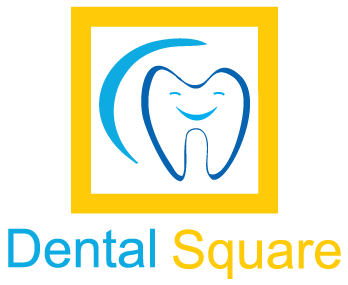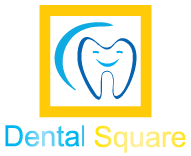It is defined as the branch of dentistry that uses lasers to treat several dental conditions. The first-time laser dentistry became commercially available was in 1989. In today’s age, laser dentistry is often preferred by patients as it is more comfortable, effective and also affordable compared to other dental treatments.
To be specific, laser dentistry refers to light energy that is a thin beam of extremely focused light, exposed to a particular tissue so that it can be molded or eliminated from the mouth. Throughout the world, laser dentistry is being used for conducting numerous treatments, ranging from simple procedures to rather complex dental procedures.
Here are some of the most common treatments that are done with laser dentistry:
- Teeth whitening
- Treatment of gum diseases
- Treatment of tooth decay
- Treatment of hypersensitivity
- Aesthetic procedures such as laser gingival depigmentation
One of the reasons why patients prefer laser dentistry is that it has no drilling. This means patients no longer have to hear the loud drilling sounds or feel the vibrations that come with it.
Further, with minor procedures, laser dentistry does not require any anesthesia. The treatment is done while the patients are comfortable and relaxed. It also enables a bloodless field with minor surgical procedures.
Type of Primary Lasers
During the laser treatments, two types of lasers are usually used: soft tissue lasers and hard tissue lasers. Both of these lasers have varying wavelengths, which are appropriate for the right cutting or a certain type of tissue. The reason behind different types of lasers is that different kinds of tissues absorb different wavelengths of lights.
- Hard tissue lasers are typically used for teeth. The wavelength of these lasers can cut through bone and water. They remove the tiny amount of teeth to reshape the tooth or prepare them for other procedures. They are mostly used for the detection of cavities, deal with tooth sensitivity and preparation of teeth for dental fillings.
- Soft tissue lasers - The wavelength of soft tissue lasers can be absorbed by water and hemoglobin easily. Evident by the name, they are used to cut into soft tissues and also seal the blood vessels that are cut through. They are mostly used for modifying the lengthening of crowns, reshaping gums for cosmetic purposes, aesthetic procedures such as gingival depigmentation and treating limited tongue movement.
What to expect after a laser treatment?
Once you have gone through laser treatment, here are things that you can generally expect to happen:
In contrast to the drastic bleeding that happens after a traditional dental procedure, laser treatments result in quite less bleeding. The site of treatment will neither be bleeding continuously nor will you have an open wound.
- Compared to other dental treatments, the chances of getting an infection are relatively lesser with laser treatment.
- If the treatment went well, there is minimal to zero probability of you having any pain or swelling.
- If you do have severe swelling or pain in your mouth and it does not go away in a day, do not wait any longer and meet with your dentists right away.

